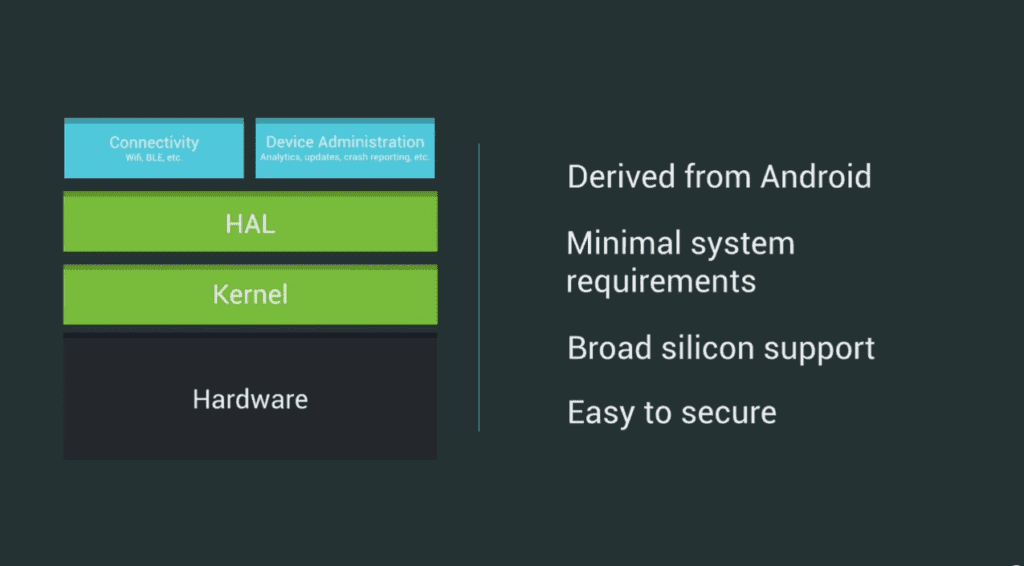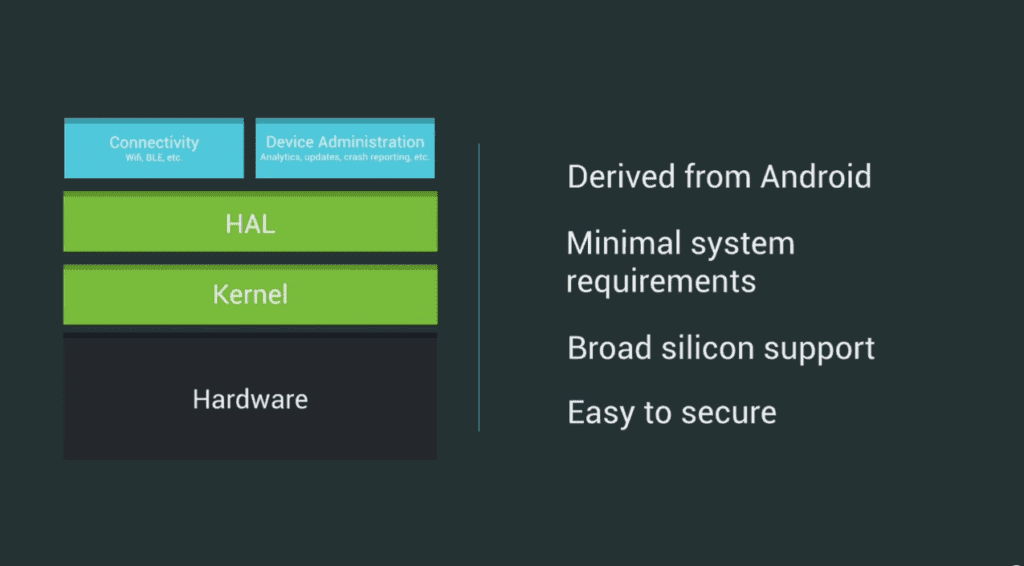Google loves to be at the centre of things. In addition to its reputation as the leader in web search, it is the brain behind the popular Android operating system and the cloud-based Chrome OS. And with talks of Internet of Things (IoT) being the next big thing, the search giant wants to be right in the mix as well with its new Brillo OS.

About Brillo OS
First unveiled back in May, Brillo is based on the Android operating system – you can think of it as a stripped-down version of the popular mobile OS. It is designed to be compatible with IoT devices that comes with as small as 32MB RAM and 128MB onboard storage.
This low resource requirement will enable the OS to run on door locks, heating systems, ovens, home security cameras and other devices with meagre memory. The operating system will help to connect Internet of Things or smart devices in your home so that you can control them from your mobile device.
It will also be useful in industrial settings for connecting manufacturing equipment.
Brillo OS is open-source software and will be updated by Google every six weeks. Long term support (LTS) releases will also be made available every six months.
Additional Information
The IoT operating system includes a communication protocol known as Weave, which serves as a common language for devices to communicate with one another, with the cloud and to be controlled using a smartphone or tablet.
Android devices will be able to detect Brillo and Weave appliances automatically. Weave will work across different platforms – it can be used with other operating systems such as ARM’s mbed as well.
Brillo OS will work on devices or appliances that are fitted with Intel x86, ARM and MIPS processors, according to Google. This means the platform should support a wide range of devices. It will support Bluetooth Low Energy and Wi-Fi for communication.






